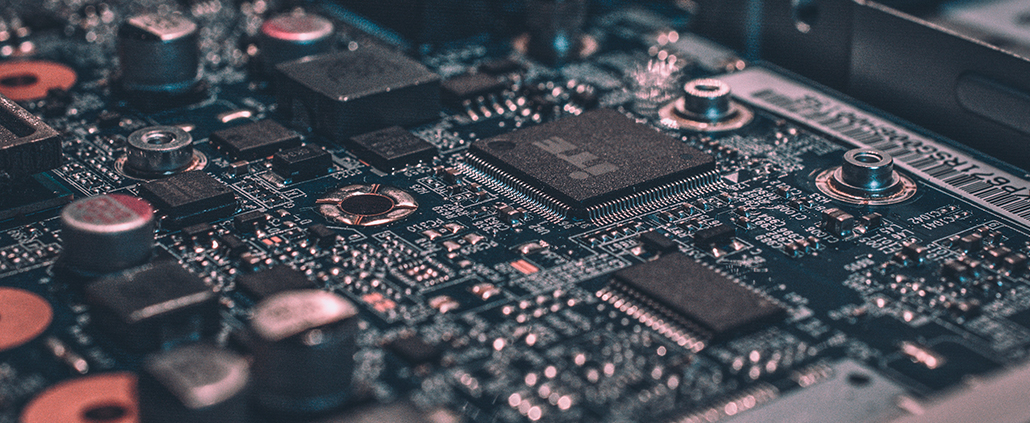NFT and Intellectual Property: an up-and-down relationship

I graduated in Law at the University of ‘Roma Tre’, discussing a thesis on Information Technology and New Technologies Law. Immediately after graduation, I started working in an administrative law firm, Go to profile



